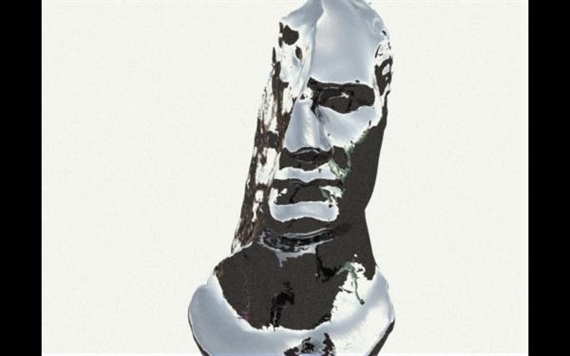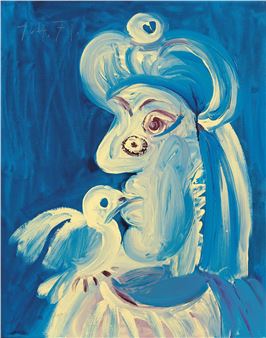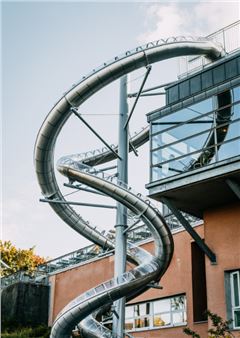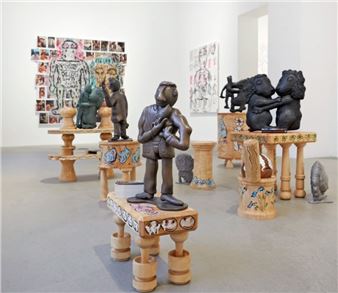Mariana Silva: The Annotated Friends of Interpretable Objects
Space: The Annotated Friends of Interpretable Objects by Mariana Silva
. To visit large museums often involves encountering flashy animations
and opportunities to experience art digitally. Many museums have been making art work accessible two- dimensionally for a long time, but now they increasingly scan in and construct three-dimensional archives. This is a modern way of reaching the public. But what actually happens in the transition from physical object to mobile animation? And how do we visualize works of art, objects and artifacts?
In Space, Tensta Konsthall’s
platform online, the artist Mariana Silva (Lisbon/New York) examines the second wave of digitalisation 
that is sweeping through western museums. Silva filters them through both fact and fiction and poses
timely questions about digitalisation in a time when we are being confronted by the destructive consequences of climate change
and war. Crucial are questions concerning how digitalisation 
distorts ideas about ownership in relation to the acquisition of main attractions in museum collections which are coloured by circumstances now viewed in terms of colonial encroachment. Critics mean that such objects are stolen goods and should be returned to their country of origin.
Two video works are included in the exhibition: First Digitalizations of Specimens from Nature and First Digitalisations of Museological Artefacts, which deal with how the relationship between nature
and culture is comprehended. Also questioned are the mechanisms framing the historical borders between objecthood and personhood.

Space: The Annotated Friends of Interpretable Objects by Mariana Silva
. To visit large museums often involves encountering flashy animations
and opportunities to experience art digitally. Many museums have been making art work accessible two- dimensionally for a long time, but now they increasingly scan in and construct three-dimensional archives. This is a modern way of reaching the public. But what actually happens in the transition from physical object to mobile animation? And how do we visualize works of art, objects and artifacts?
In Space, Tensta Konsthall’s
platform online, the artist Mariana Silva (Lisbon/New York) examines the second wave of digitalisation 
that is sweeping through western museums. Silva filters them through both fact and fiction and poses
timely questions about digitalisation in a time when we are being confronted by the destructive consequences of climate change
and war. Crucial are questions concerning how digitalisation 
distorts ideas about ownership in relation to the acquisition of main attractions in museum collections which are coloured by circumstances now viewed in terms of colonial encroachment. Critics mean that such objects are stolen goods and should be returned to their country of origin.
Two video works are included in the exhibition: First Digitalizations of Specimens from Nature and First Digitalisations of Museological Artefacts, which deal with how the relationship between nature
and culture is comprehended. Also questioned are the mechanisms framing the historical borders between objecthood and personhood.

 ARTISTS
ARTISTS











